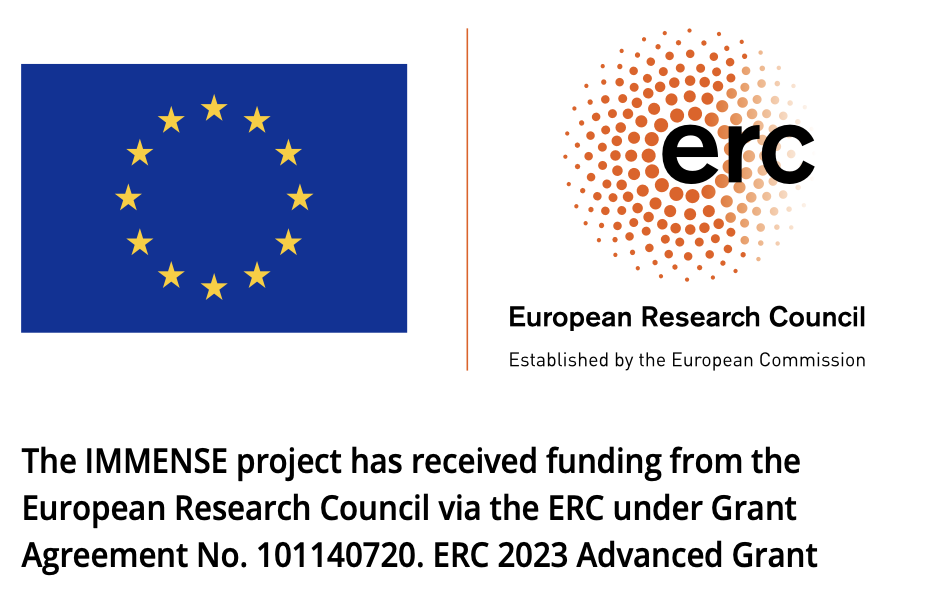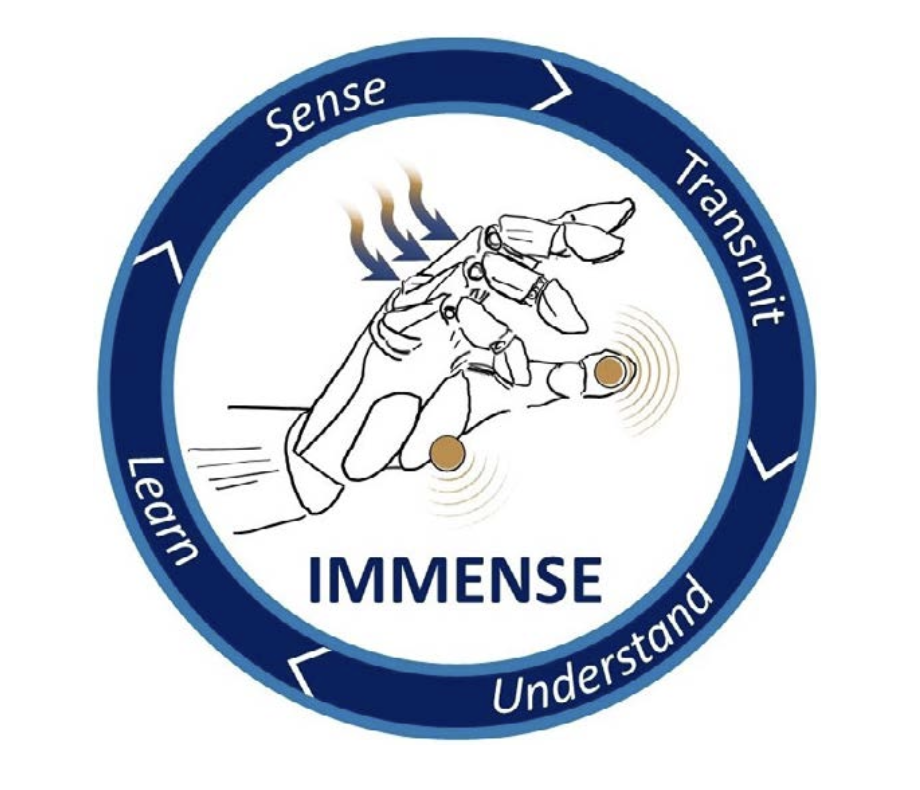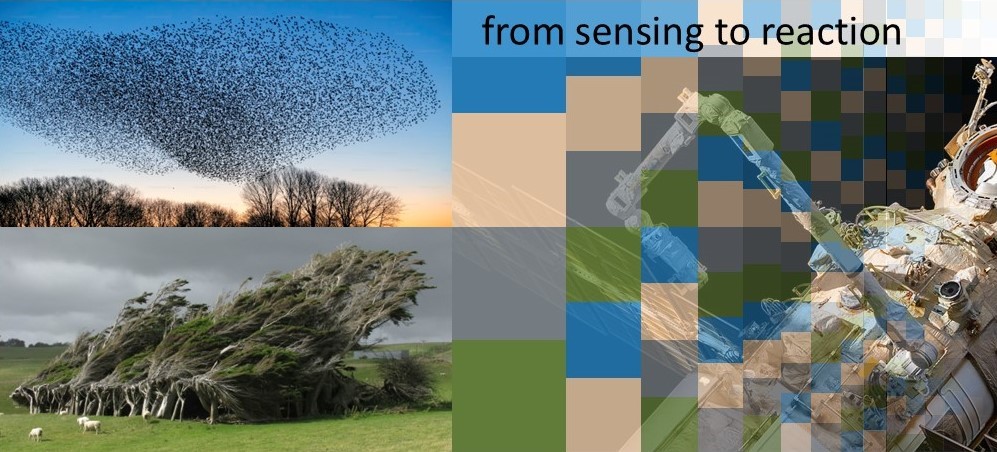Alberto Corigliano, a Full Professor at the Politecnico di Milano, explores the development of sentient materials and structures through the IMMENSE project
Our civilization has progressed in parallel with the invention and use of new materials. Since the mid-20th century, for example, silicon and polymers have been at the forefront of new production methods, the birth of new technologies, and new ways of living. The name Silicon Valley symbolizes the importance given to the principal material of the electronics industry and its impact on our lives.
More recently, materials with new performances have been invented and used, such as composite materials that optimally combine the properties of basic constituents, for example, polymers and glass fibers, to obtain new materials with very high performance. Subsequently, there has been an increasingly widespread use in many applications of so-called smart materials, which can react to stimuli of different origins, as in the case of piezoelectric materials that couple the electrical and mechanical worlds. Moreover, the term metamaterials is frequently used by researchers who aim to obtain materials with properties that go beyond those found in commonly used materials. By combining composite, smart, and metamaterials, it is now possible to obtain products with performances that were unthinkable just a few years ago, in some cases truly exceptional, such as the ability to completely filter and thus block vibrations and/or sounds.
The IMMENSE project
According to Alberto Corigliano, Full Professor of Solid and Structural Mechanics at the Department of Civil and Environmental Engineering of the Politecnico di Milano and scientific director of the research project “Inter materials and structures mechano- perception for self learning – IMMENSE,” the world of materials and structures can now make another significant leap forward by taking on the challenge of creating sentient materials and structures, capable of receiving and exchanging signals, interpreting and comparing them, thus achieving the ability to self-learn and self-adapt.
The IMMENSE project, which began on September 1, 2024, and will last five years, was selected and funded by the prestigious European Research Council (ERC) under the ERC Advanced Grant category, reserved for senior researchers with internationally recognized and highly qualified scientific output.
How it works
IMMENSE draws inspiration from the behavior of complex biological systems, such as forests, flocks of birds, and swarms of insects, in which individual elements possess the ability to receive and exchange signals, adapting to environmental conditions and learning to improve their performance even without centralized control.
The ambition of the project is to answer the question: can materials and structures be endowed with processes that simulate the activities of some complex biological systems, thus becoming sentient?
Within the IMMENSE project, sentient materials and structures must therefore be able to receive and exchange signals, interpret and compare them, achieving the ability to self-learn and self-adapt.
Thanks to the funding received, a group of young researchers and PhD students is being formed, guided by Alberto Corigliano and other colleagues from Politecnico di Milano, who will strive to achieve the ambitious goals
of the project.
To achieve reception and control capabilities on physical-mechanical bases, solid and structural mechanics, fluid-structure interaction, and multi-physics phenomena at the micro and meso scale will be used, appropriately combined with micro-structured smart materials.
More specifically, innovative bio-inspired sensors will be studied and developed, coupled with smart materials and metamaterials capable of optimizing the intensity of received signals and channeling them where necessary to be subsequently interpreted.
To achieve learning and reaction capabilities, for example, the complex dynamic response of arrays of oscillators will be used, coupled with innovative physical devices that allow the classification and recognition of signals. In this context, new results from the world of analog computation, recently back in the spotlight, will be exploited, enabling the creation of miniaturized devices that behave like elements capable of autonomously performing elementary calculations with minimal energy consumption.
Sentient structures and materials
Thanks to an innovative combination of new sensors, new systems for signal interpretation and classification, and the use of Machine Learning algorithms, the IMMENSE project will provide the scientific and technological foundations for the creation of a new class of materials and structures capable of receiving signals, controlling and reacting, and will allow the realization of prototypes at the micro and meso scale that demonstrate the behavior of sentient materials and structures.
A sentient structure could, for example, sense vibrations and wave propagation within its elements, autonomously interpret and classify the type of signals detected, and be able to react by changing the stiffness of some of its elements to mitigate the consequences of vibrations caused by external agents.
A sentient material could be able to detect local defects in advance and activate mechanisms for the release of substances for self-repair.
To achieve the final goal, the IMMENSE project will have to face considerable theoretical and technological complexities related to the need to combine as efficiently as possible new methods for acquiring experimental signals of a physical-mechanical nature, new approaches for their interpretation and classification, and algorithms and computational methods that allow learning how to react to detected sensory stimuli.
The high risk associated with the research is amply compensated by the numerous and positive practical outcomes possible in multiple engineering sectors, such as the creation of materials with self-diagnosis and repair capabilities, including for biomedical applications, systems for new ways of monitoring and controlling civil and industrial structures and infrastructures, micro-robots, and autonomous micro-vehicles.
All project developments and main results will be described at www.erc-immense.eu and on the LinkedIn channels of Alberto Corigliano, Alberto Corigliano | LinkedIn, alberto.corigliano@polimi.it, and his collaborators.




